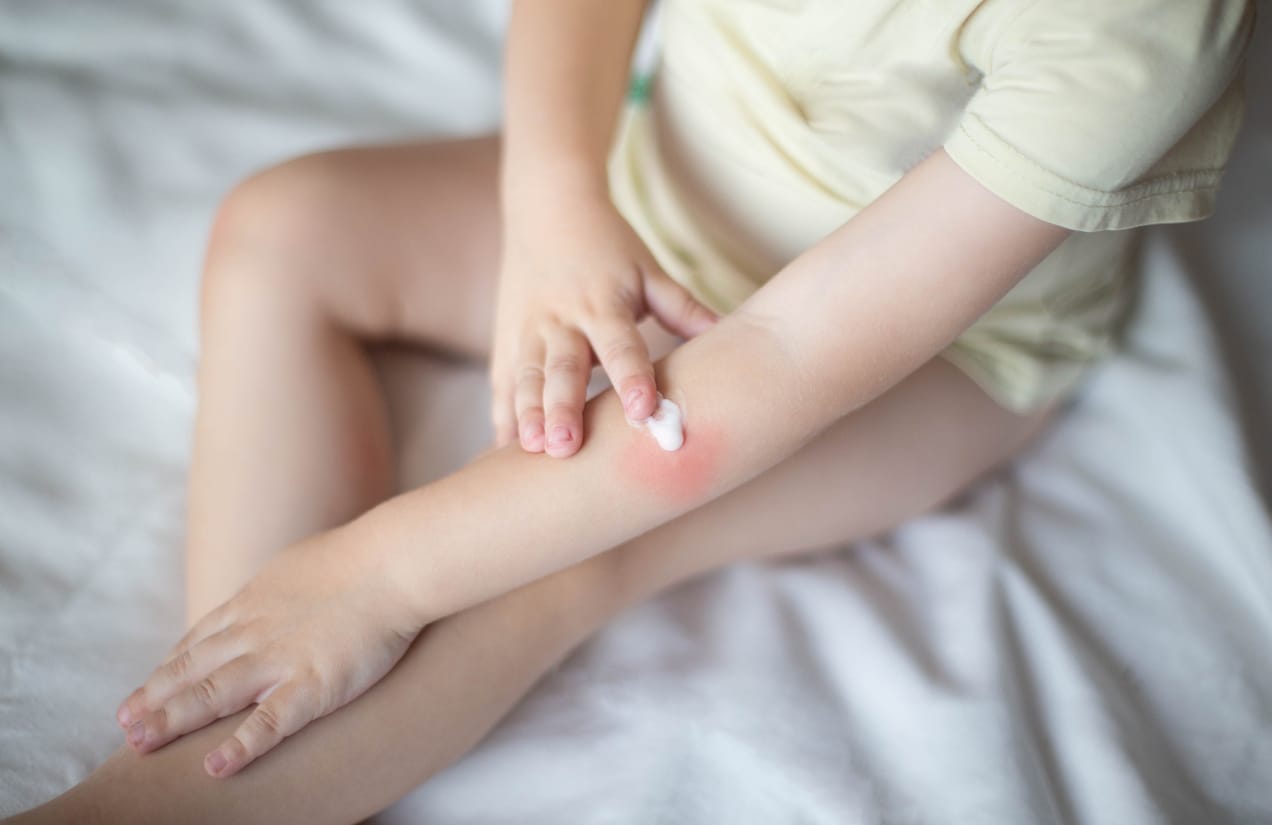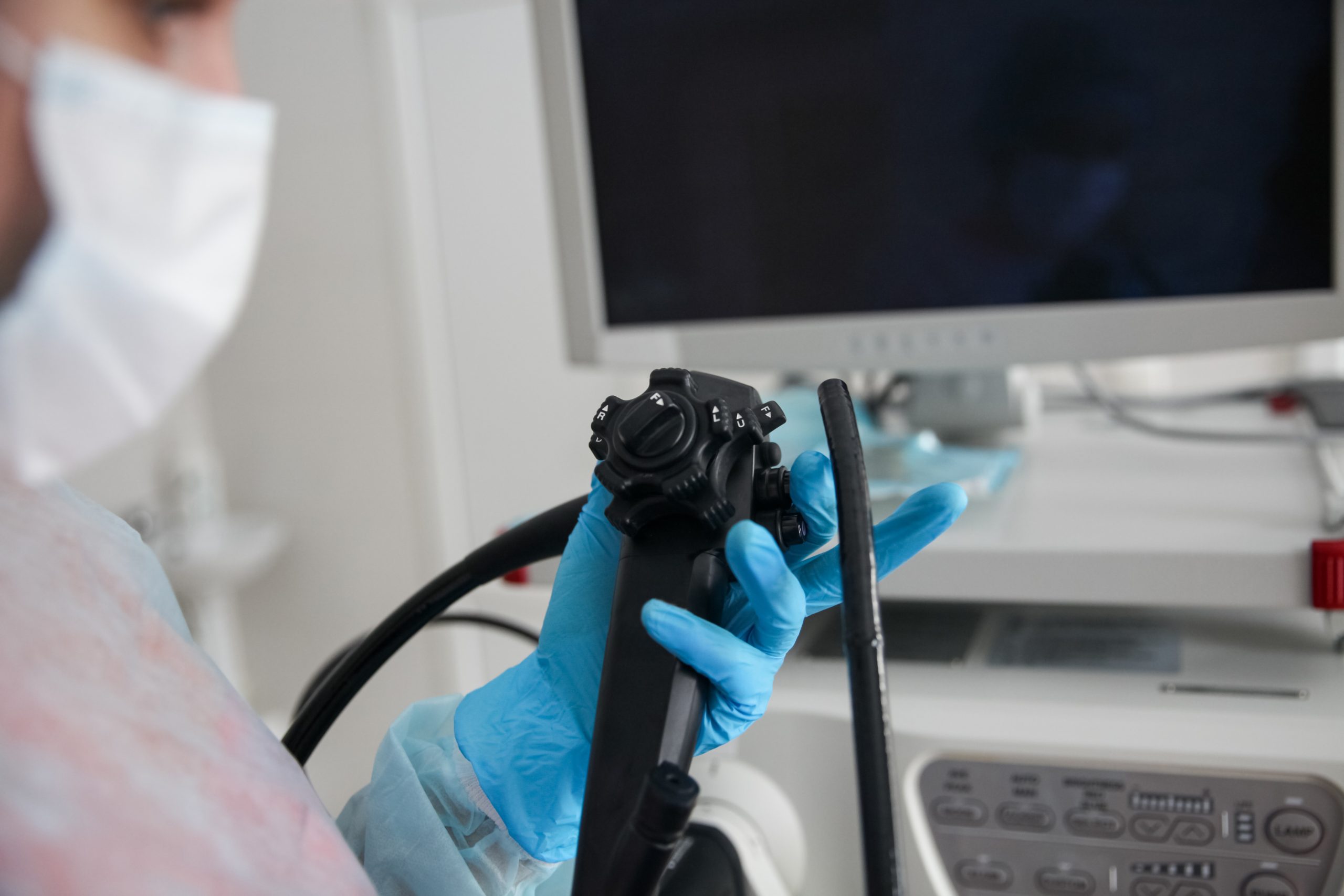In 2010, the American Association of Poison Control Centers reported that 50% of all human exposures occurred in children under the age of 6 years. Household cleaning substances are the third most frequent exposure in children, accounting for 116,000 ingestions per year. In children, ingestions are primarily accidental. The mean age for ingestion is 3.7 years, and 60% of patients are male.
The extent of the injury depends on several factors, including the composition of the substance, volume, concentration, and duration of contact. Acidic injury results in immediate pain and coagulative necrosis with eschar formation, which likely limits tissue penetration and injury depth. Acidic ingestions most commonly cause gastric injury. Alkali ingestions more commonly result in esophageal injury. Alkalis combine with tissue proteins to cause liquefative necrosis and saponification and generally penetrate deeper into tissues, potentially leading to full-thickness damage to the esophageal wall. Alkali absorption leads to vascular thrombosis, further impeding blood flow to damaged tissues. Ingestion of granular products may result in more serious injuries due to prolonged contact time with the esophageal mucosa.
Caustic injuries are classified as similar to burns. The injury classification is based on endoscopic evaluation and is used clinically to help predict subsequent clinical outcomes and courses.
Classification of Caustic Esophageal Injuries
Grade due to Endoscopic Findings
- Mucosal edema and erythema
- a. Friability, hemorrhage, blisters, erosions, erythema, white exudate
b. Findings of grade 2a plus deep or circumferential ulceration - a. Small and scattered area of necrosis
b. Extensive necrosis
First-degree caustic injuries are superficial and will result in edema and erythema. The esophageal mucosa will slough, but no stricture will form. Second-degree injuries involve the mucosa, submucosa, and muscle layers. They result in deep ulceration and granulation tissue, after which collagen deposition and contraction occur. If there is circumferential injury, a stricture may develop. Third-degree injuries are transmural with deep ulcerations that result in a black appearance on the lining of the esophagus. These injuries can result in esophageal perforation. Patients with grade 2b or 3 will develop strictures in 70–100% of cases.
Endoscopic grading of mucosal injury directly predicts the risk of complications with a ninefold increase in morbidity with each incremental increase in injury grade. Patients who present with peritonitis, mediastinitis, disseminated intravascular coagulation, or shock may require emergency resection of the damaged esophageal tissue.
Following corrosive ingestion, patients may be asymptomatic or may present with nausea, vomiting, dysphagia, odynophagia, drooling, abdominal pain, chest pain, or stridor. There are no conclusive data to correlate laboratory values or symptoms with a degree of injury. The absence of symptoms or oropharyngeal lesions does not exclude esophageal injury. In fact, 12% of patients who are asymptomatic and 61% of patients without oral injury will be found to have an esophageal injury at endoscopy.
Initial management of these patients should focus on airway management and volume resuscitation. Direct laryngoscopy can be useful for identifying laryngeal edema. Endoscopic evaluation should be carried out in the first 24 to 48 hours after ingestion. Contraindications to endoscopy include shock, respiratory distress, peritonitis, mediastinitis, or evidence of perforation. Endoscopy should not be performed after five days, once the reparative phase has begun, because the esophagus is at its thinnest and the risk of perforation is highest. Once the degree of injury is identified, further evaluation of the distal esophagus also increases the risk of perforation. Patients with grade 1 or 2a injury on endoscopy can be allowed oral intake and discharged once symptoms have resolved. Patients with grade 2b and 3 injuries should be observed for 24 to 48 hours and then may have their diets slowly advanced. Because of the frequency with which strictures occur in grades 2b and 3 injuries, these patients should have a barium swallow on day 21 after injury to evaluate for stricture (see x-ray).

Once a stricture is identified, gradual dilations are initiated. Strictures refractory to dilation may need operative resection. Treatment modalities for esophageal strictures include bougienage, esophageal stent placement, intralesional corticosteroid injection, and endoscopic dilations after stricture formation. Multiple dilations may be required for strictures to resolve. Operative intervention may be necessary if these treatments fail if the malignant transformation occurs, or if lengthy or tight strictures develop.
Esophageal perforation is a rare but life-threatening event in children. Due to the fact the esophagus lacks a serosal layer, a perforation allows bacteria and digestive enzymes to leak into the mediastinum. The surrounding loose areolar connective tissue is unable to contain the spread of infection and inflammation and may lead to mediastinitis, empyema, abscess, and sepsis. Esophageal perforations may be iatrogenic or result from ingestion of caustic substances. In the pediatric literature, nearly 80% of esophageal perforations are attributable to iatrogenic causes, mostly during the treatment of underlying pathology. In children, the most common cause of iatrogenic esophageal perforation is stricture dilation.
Patients with thoracic esophageal perforations may present with respiratory distress, dysphagia, fever, chest pain, or subcutaneous emphysema. It is important that any child who is symptomatic following an endoscopic or esophageal dilation be evaluated for esophageal perforation. The initial study is a chest radiograph in the anteroposterior and lateral views. Findings suggestive of esophageal perforation include pneumothorax, pleural effusion, subcutaneous emphysema, pneumopericardium, or pneumomediastinum. A contrast esophagram is the preferred diagnostic study to determine the presence of esophageal perforation (see x-ray). Frequently, water-soluble contrast is used initially and followed by barium if no leak is initially seen. There is a 10% false-negative rate with esophagography.

Chest CT can also suggest esophageal perforation, with findings such as mediastinal air, fluid, or esophageal thickening. Drainage of thoracic air or fluid is performed to control the leak. The esophageal perforation will likely heal spontaneously once drainage is established, sepsis is controlled, and adequate nutritional support is provided. If the patient shows signs of clinical deterioration, has the persistence of esophageal leak despite treatment, or has extensive intrapleural spillage, then operative exploration may be needed. Morbidity and mortality of esophageal perforation are directly related to delay in the diagnosis and treatment. Complications of esophageal perforation are typically pulmonary in nature, such as pneumonia or atelectasis. The mortality of esophageal perforation in the pediatric population is 4%, which is lower than reported for adults.
Hope this helps!
Davit Dallakyan MD, PhD, eMBA
Head of the Pediatric Thoracic Surgery Department
“Sourb Astvatsamayr” Medical Center



